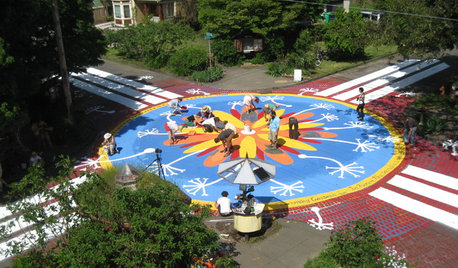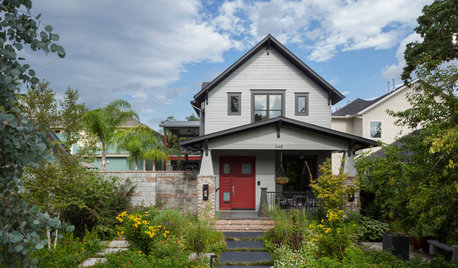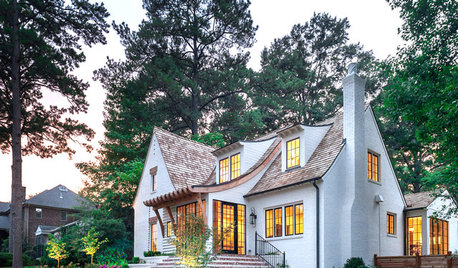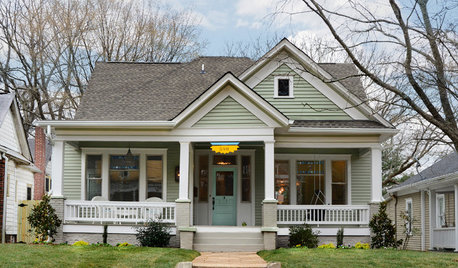Worse Lawn in the Neighborhood
abrown007
9 years ago
Related Stories

COMMUNITYWant a Cleaner, Safer Neighborhood? Show You Care
Our behavior strongly influences others, says a new study. Show neighbors you care about your street and watch them follow suit
Full Story
COMMUNITY15 Ways to Make Your Neighborhood Better
Does your community lack ... well, a sense of community? Here's how to strengthen that neighborly spirit
Full Story
ARCHITECTUREHouzz Tour: Modern Plays Nice in a Historic Houston Neighborhood
Subtle modern details make this new home stand out from its elderly neighbors without disrespecting them
Full Story
ECLECTIC HOMESHouzz Tour: A Storybook House for the Neighborhood
This charming family home incorporates Tudor-style elements, eclectic details and smart planning
Full Story
EARTH DAYThe Case for Losing the Traditional Lawn
Work less, help the environment and foster connections by just saying no to typical turf
Full Story
LANDSCAPE DESIGNCalifornia Says Goodbye to the Sprawling Ornamental Lawn
New state rules will effectively limit turfgrass to 25 percent of the landscape in most new and renovated yards
Full Story
MOST POPULARMeet a Lawn Alternative That Works Wonders
Carex can replace turfgrass in any spot, is low maintenance and adjusts easily. Add its good looks and you’ve got a ground cover winner
Full Story
GREAT HOME PROJECTSHow to Replace Your Lawn With a Garden
New project for a new year: Lose the turfgrass for energy savings, wildlife friendliness and lower maintenance
Full Story
LANDSCAPE DESIGN7 Low-Maintenance Lawn Alternatives
Turf isn't the only ground cover in town. Get a lush no-grass lawn with clover, moss and other easy-care plants
Full Story
HOUZZ TOURSHouzz Tour: Lovingly Resurrecting a Historic Queen Anne
Dedication and a keen eye turn a neglected eyesore into the jewel of its Atlanta neighborhood
Full StoryMore Discussions








botanicalbill
dchall_san_antonio
Related Professionals
Chattanooga Landscape Architects & Landscape Designers · Berkley Landscape Contractors · Clayton Landscape Contractors · Middleton Landscape Contractors · New Berlin Landscape Contractors · New Braunfels Landscape Contractors · New Cassel Landscape Contractors · Placerville Landscape Contractors · Pleasanton Landscape Contractors · Rockville Landscape Contractors · Tuscaloosa Landscape Contractors · Wilsonville Landscape Contractors · Woodburn Landscape Contractors · Vadnais Heights Landscape Contractors · Visalia Swimming Pool Buildersabrown007Original Author
dchall_san_antonio
abrown007Original Author
dchall_san_antonio
abrown007Original Author
dchall_san_antonio
abrown007Original Author
dchall_san_antonio
abrown007Original Author